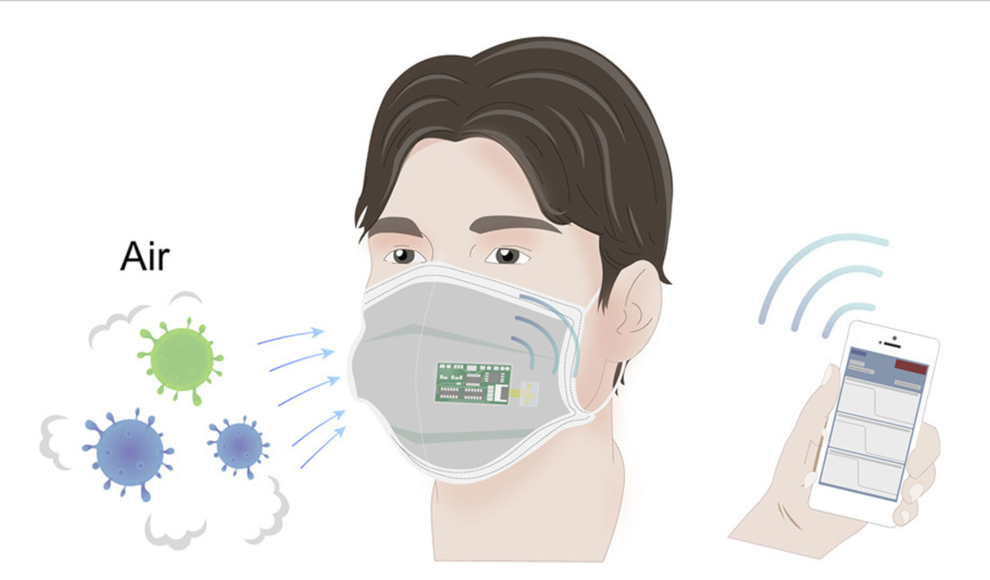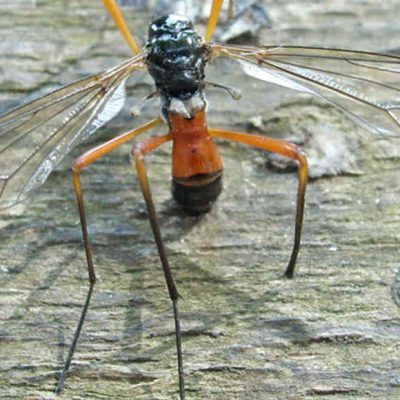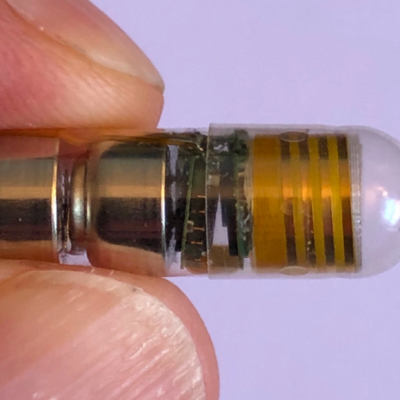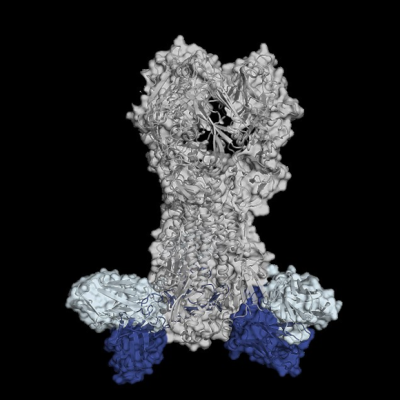A new protective mask has been developed that can detect flu and coronavirus viruses in the air, warning users of dangerous environments. According to a publication in the scientific journal Matter, the bioelectronic mask prototype can detect the Sars-CoV-2 coronavirus, as well as the H1N1 and H5N1 flu viruses, using special sensors. The mask can detect the viruses in about ten minutes and will automatically send a message to the user’s smartphone. The mask is designed to warn users when they are in an environment with a high viral load, such as poorly ventilated rooms like elevators or closed spaces.
The mask works by using aptamers, which are DNA fragments that can bind to specific virus proteins. When a virus protein binds to an aptamer in the mask, it creates a signal that is amplified by an ion-controlled transistor. The current version of the mask has three sensors that are adapted to the two flu viruses and the coronavirus. The detected virus load is then wirelessly transmitted to the user’s smartphone. The mask’s sensitivity is very high, and it can detect viruses in droplets as small as 0.3 microliters and in gases with as little as 0.1 femtograms of the virus in a milliliter.
The mask not only helps prevent infections but can also assist doctors in diagnosing and treating diseases. With richer data collected from wearable devices, diagnoses and treatments can become more precise. The scientists are currently working on increasing the sensitivity of the sensors by optimizing the aptamers and transistors. The mask’s ability to detect viruses in the air could be a significant breakthrough in the fight against the spread of infectious diseases.










